Engineering corps uniform
The most advanced military uniform in the world, incorporating state-of-the-art technologies designed by our very own members! Enrol today for the chance to wear it!
— Newspaper clipping
The engineering corps
The engineering corps is the most important corps of any modern army—don't listen to what those battle-mages tell you, without us they would all be dead!— Sergeant
The engineering corps is made of four types of battalions:
The emblem of the corps is a flask representing alchemy, a runic wheel for artefact-crafting, compasses and a set square for construction and mapping, and a dome for warding.
Because the engineers are the ones coming up with all the new military technologies, we have a special royal dispensation to integrate them in our uniforms even if we don't have the use for them.
- Warders: set the ward systems during and outside of battles and work to bring down enemies' wards.
- Alchemists: maintenance of uniform and weapons other than artillery, prepare ammunitions, research and development of new materials and equipment.
- Sappers: build fortifications, roads, bridges… and destroy enemies' defences.
- Geographers: scout enemies' territories, draw maps, plan armies' routes.
The emblem of the corps is a flask representing alchemy, a runic wheel for artefact-crafting, compasses and a set square for construction and mapping, and a dome for warding.
Because the engineers are the ones coming up with all the new military technologies, we have a special royal dispensation to integrate them in our uniforms even if we don't have the use for them.
His Majesty King Lucien is the only monarch in Europe caring about his soldiers' comfort! Join the French army to enjoy the benefit of non-scratchy armour that keeps your body always at the perfect temperature! Join us to wear the most fanciful uniform in Europe, clearly showing to everyone which is the superior nation!
— Newspaper clipping
Evolution of the uniform
The biggest challenge in military textiles is the need to repel magic—to protect against attacks—while simultaneously not interfering with the wearer's magic or with other magical properties of the cloth. The absence of a solution is why military uniforms are particularly uncomfortable, wear easily, and are rarely adapted to the weather.
The recent invention of high-range assistance artefacts allowing battle-mages to attack from longer distances has revolutionised military strategies. In particular, this has led all European countries to change their soldiers' uniforms to a dull colour to make them less of a target.
When the previous French king attempted to do the same, losing the colours of the revolutionary flag was enough to upset the fragile post-revolutions balance in the country and to trigger his assassination.
The recent invention of high-range assistance artefacts allowing battle-mages to attack from longer distances has revolutionised military strategies. In particular, this has led all European countries to change their soldiers' uniforms to a dull colour to make them less of a target.
Report from the Flemish front
An entire battalion of our brave soldiers was completely annihilated as their bright blue and red colours made them perfect shooting targets for the Flemish! When will our leaders finally do something to protect our people?
An entire battalion of our brave soldiers was completely annihilated as their bright blue and red colours made them perfect shooting targets for the Flemish! When will our leaders finally do something to protect our people?
— Newspaper clipping
When the previous French king attempted to do the same, losing the colours of the revolutionary flag was enough to upset the fragile post-revolutions balance in the country and to trigger his assassination.
To arms, citizens! The despot that leads us has finally shown his true colours by stealing ours! Do not let your brothers and sisters return to their chains!
— Newspaper clipping
When King Lucien came into power, he faced this challenge by pouring money into the research and development branch of the engineering corps. The result was an amazing innovation that had eluded all mages for centuries: the ability to combine magic and magic-repellent properties in the same cloth.
Report from the Flemish front
Lille has fallen to our troops just a few hours after the siege was laid. Thanks to our infiltrating soldiers' new uniforms, the Flemish never saw us coming!
Praise be to His Majesty for this formidable innovation!
Lille has fallen to our troops just a few hours after the siege was laid. Thanks to our infiltrating soldiers' new uniforms, the Flemish never saw us coming!
Praise be to His Majesty for this formidable innovation!
— Newspaper clipping
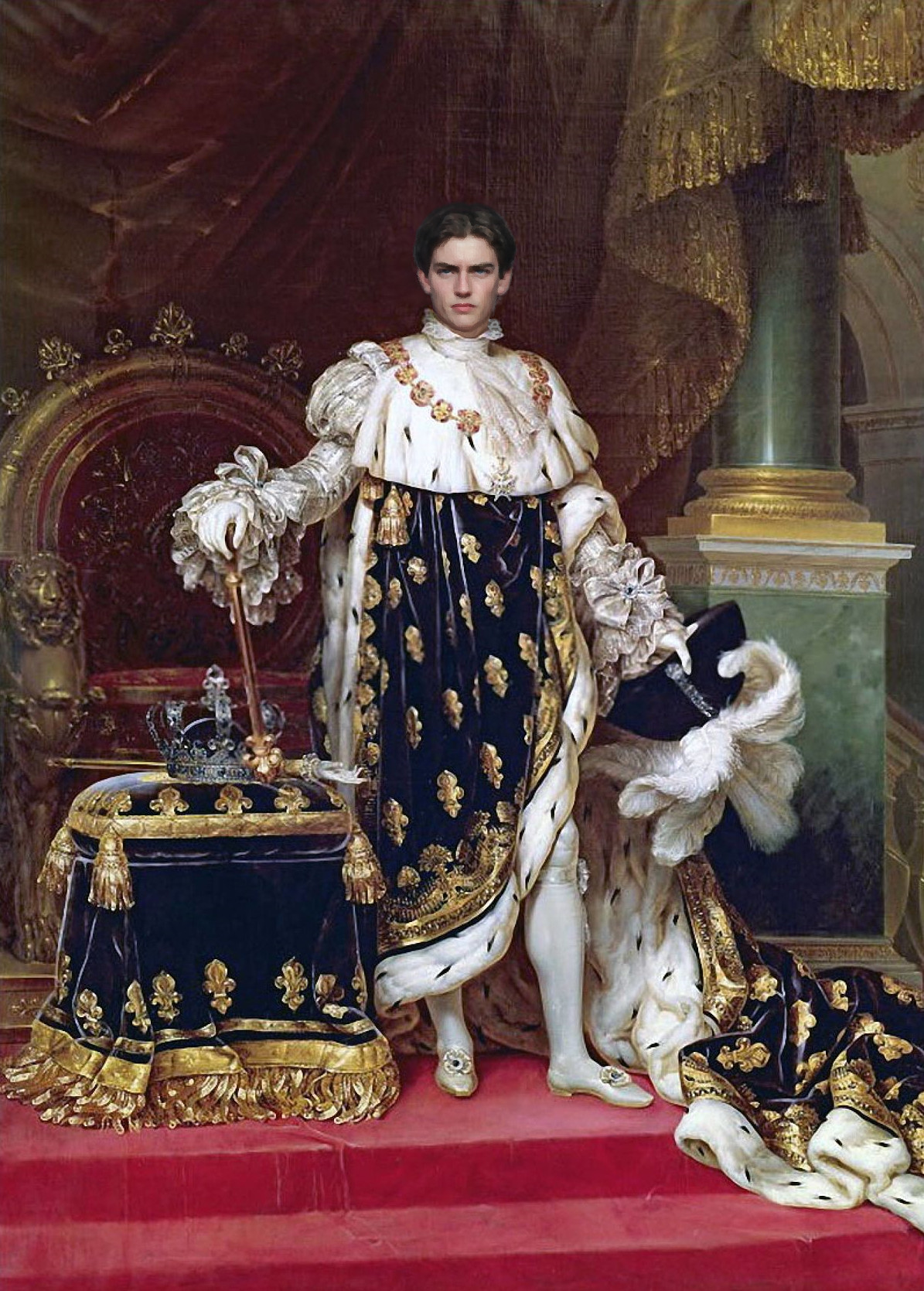
King Lucien by AmélieIS, Guérin and Artbreeder
Material and technology
Join our research and development team to learn state-of-the-art alchemy! Nowhere else in the world will you be able to learn these incredible techniques!— Sergeant
Invention of silicone
The discovery of silicone polymers is what has allowed this textile innovation. The polymers are made with a repetition of the -(R2-Si-O)n motif. Using silicon atoms instead of carbon atoms allows for flexible mechanical properties and high inertia (resisting chemical poison and magical attacks). Different chemical groups are added in the R position to get different properties, with the search for the best ones still ongoing. A property added at the king's insistence to keep the innovation from falling into enemies' hands is an R group that triggers the self-destruction of the silicone if it is not regularly exposed to a certain magic.
Another traitor has been caught attempting to smuggle our uniforms to the English! It has been announced that he will go in front of a court martial tomorrow. Let us do away with the formality, I say! Directly to the guillotine with all of those disgusting animals!
— Newspaper clipping
Layering techniques
The subsequent development of the layering technique has allowed the creation of camouflage uniforms. When activated, their magic changes the colour of the cloth to blend with its surroundings, making the wearer practically invisible.
Absolutely shocking news from the French front! The traitorous French have forced our Flemish allies to surrender through the use of some new nefarious magic!
— English newspaper clipping
Masks
Masks made with the same layering are worn during infiltration missions. The eye pieces are made of a glass that allows the wearers to see magic up to a certain degree. The inside of the masks contains a breather mechanism made of rubber coated with silicone. Rubber is porous and thus able to absorb magic that allows it to filter oxygen from other environmental gases and to inject it into the breather. However, rubber is also ideal for microorganism growth and so it has to be carefully cleaned. As you can imagine, accidents happen...
Learn how to use your mask correctly! If the rubber does not form an impermeable seal against your face, you might as well not wear anything! You wouldn't believe the number of deaths we've had because of arrogant new recruits who couldn't be bothered to listen to instructions...— Sergeant
Set-compass paint
Soldiers are issued watches as part of their uniform. Alchemical ferromagnetic compounds are used to paint the needles attached to the centre of those watches. They will then be able to point towards the object to which they are keyed (see uniform section for more details).
We've only had a few deaths during the experimentations! Couple of imbeciles blew themselves up by mixing the wrong chemicals—I'm joking of course!— Sergeant
Manufacturing process
All uniforms are made in a series of newly developed manufactures present in several regions. In particular, the pieces integrating the new layering technique are produced in state-of-the-art manufacturing sites in Lyon that are powered with the ancient magic released from coal.
Alchemy manufactories
Enormous vats and industrial installations are used to create the required chemicals, such as the dyes, and infuse them with magic by alchemy. When cloths are dyed, the magic attaches at the same time as the colour. Another option is to feed magic to the sheep or plants providing fibres, then to add more magic during hand-weaving. This has a prohibitive cost and is reserved for high-ranking officers—so don't dream! Even for other officers' uniforms, yarn is just dyed before weaving to obtain a better and more resistant colour.
Scandal in Lyon!
Because of the king's negligence regarding the safety measures at the military alchemy manufactures, a reaction went out of control and threatened to engulf the entire city! By miracle, young Colonel Lucien Esselin was able to set a filtering ward over the whole city, breaking all time and scale records in the process! Two hundred thousand individuals owe him their lives!
Because of the king's negligence regarding the safety measures at the military alchemy manufactures, a reaction went out of control and threatened to engulf the entire city! By miracle, young Colonel Lucien Esselin was able to set a filtering ward over the whole city, breaking all time and scale records in the process! Two hundred thousand individuals owe him their lives!
— Newspaper clipping
Textile manufactories
Big textile manufactures do all the weaving, dyeing, milling, and sewing required for our uniforms. Uniforms are pre-made in four regulation sizes, although officers' are bespoke.
Fabric variations
The fabric used for uniforms is highly variable:- The winter version is made of wool with either softer wool or linen linings, while the summer version is made of linen.
- The type of cloth depends on local availabilities at the time of the order.
- Chiefs of regiments can order different types depending on their preferences.
- The quality and fineness of the cloths is lower for ordinary soldiers compared to officers, an important point when carding and milling increase magical retention.
Linen
Linen is made from flax or hemp plants. Hemp gives a cheaper, coarser, and more resistant linen for common soldiers while officers use flax linen. Linen quality also varies depending on soil composition and care given to the plants.Wool
Wool is made from a mix of Spanish Merino yarn and French-produced yarn from imported Spanish sheep. Fibres are woven to give different types of cloths:- Broadcloth: outside layer of the coat, waistcoat, trousers and gaiters.
- Serge: linings.
- Tricot: broadcloth alternative.
- Superfine Blicourt cadis: linings for officers' uniforms.
Uniform design
Colours
Uniforms use the colours blue, white and red which have long been associated with France. The red comes from the red oriflamme of His Holiness St Denis, the first bishop of Paris. The blue is from the cope of His Holiness St Martin, with our kings wearing a symbolic blue cope covered in golden fleurs-de-lys during their coronation. The white is from the white cross of His Holiness St Michel, the archangel leading the celestial armies against Satan. We adopted this symbol during the Hundred Years' War in opposition to the English red cross and to symbolise that God was at our side, fighting against the evil English.
Nevertheless, the choice of those colours on the tricolour revolutionary flag was explained as a symbolic union between the monarch—the white—and the city of Paris—whose flag is blue and red. This was seen as a representation of the "august and eternal alliance between the monarch and the people". Thus, the adoption of those colours by the newly elected kings, both on the national flag and in military uniforms, is strongly political and an important symbol of reunification of all French people after the revolutions.
The blue colour is provided by Isatis tinctoria, a replacement for indigo dye after a shortage. The red comes from Rubia tinctorum. The white comes from bleaching for officers' uniforms, but for common soldiers' it is more cheaply obtained by selecting white yarn fibres, resulting in a greyish white.
Uniform
Coat: Blue, knee-length skirts, golden épaulettes. One row of brass buttons with white tin covering and fleurs-de-lys motifs. White facings at the collar and cuffs. Cuff flaps attached with three buttons and showing gold trimmings signalling rank and battalion. Full magical layering.
Waistcoat: White, tricot lined with serge, comfort-magic.
Shirt: White, linen, comfort-magic.
Underwear: White, linen drawers, comfort-magic. People needing breast support wear linen corsets with steel eyelets over the shirt.
Trousers: Red, linen or tricot, tight-fitting. Full magical layering. Waistband at natural waist. Open with three buttons at the front. Adjusted with a gusset, tab and buckle at the back.
Footwear: Black leather gaiters. Leather shoes with studded soles, leather thongs fastening. Comfort and wear-resistance magic.
Gloves: White, full magical layering.
Hat: Red with a white border, full magical layering.
Mask: Midnight-blue colour, full magical layering.
Parade uniform
Coat: No magic. Skirts opened at the front, lapels folded to show the white facings decorated with golden braids, golden épaulettes.
Waistcoat: White, embroidered with gold.
Belt: brown leather, golden buckle. Hold a parade sword.
Breeches: Red tricot lined with linen.
Footwear: White wool or linen stockings and gaiters. Black leather shoes.
Rank and battalion display
Cuffs carry battalion emblem and rank through a system of bands and stars.
Accessories
Watch: Ordinary soldiers' watches are made of brass while officers' watches use more precious metal depending on rank.
- Gives time so as to coordinate attacks.
- Indicates the North.
- Special needles attached to its centre point towards the object to which they are keyed—most often the watch of a soldier's direct superior—and indicate its distance. The needles are reset regularly in case a watch comes into enemies' hands. An important tool for spies, infiltration troops, and sappers.
Weapons: A blood-magic dagger. A screw-like drill (see illustration) and rolled bands of magic-repellent cloths for warders. A sword for their parade uniform.
Bracelets: Several bracelet artefacts worn on each arm. Metal and function varying depending on soldiers' missions. The rune centrepiece is exchangeable.
Haversack: Supple bag made of cow or goat skin with the hair worn on the outside, with ticking lining. Contains rations and personal items, and a cloak-blanket is rolled on top.
Accessories by AmélieIS with Vecteezy
Maintenance
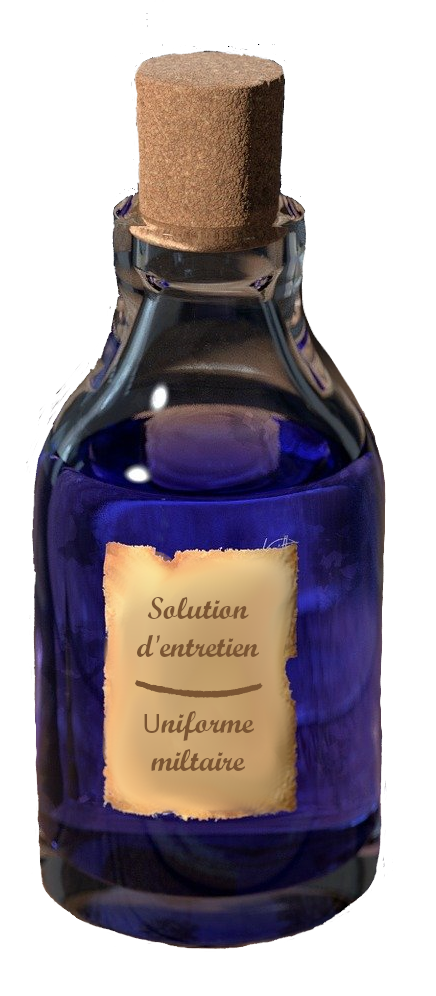
Maintenance by AmélieIS with Pixabay
Keeping uniforms clean is difficult when on the march or after battles. All Soldiers are issued with basic mending tools. They can also use chalk and blacking to touch up the white and black of their uniform. Regular cleaning however is challenging, because strong detergent or magical cleaning degrades the magic, silicone, and fibres. Thus, uniforms have to be washed with a solution specially provided and a soft, wet cloth. In addition, the silicone coating wears off easily because of the stray magic present on the battlefield, and so it needs to be reapplied regularly or the camouflage layer will be damaged.
Don't forget to clean your uniform if you don't want to end up like Maurice: Maurice was a young soldier, very brave on the battlefield. Maurice thought that washing and maintenance was for civilians and below him. Maurice did not properly take care of his uniform. Dirt made Maurice's camouflage spotty, and he became a nice big red target for the English! Don't be like Maurice!— Sergeant
High-ranking officers have to inspect the troops weekly while waving around them the artefacts keyed to the silicone layer. Failure to do so on time will result in all the clothes dissolving without leaving any trace.
Don't be late to inspection if you don't want to end up naked-ass in front of the whole regiment!— Sergeant
Price
The army pays for the uniforms and maintenance after battle. However, if uniforms are damaged outside of battle or a piece of equipment is "lost", soldiers have to pay for replacements.
Stockings make not well-built soldiers look silly. We call them "bird-legs". Oh, come on, don't be afraid to join! We won't laugh. Too much.— Sergeant
Compared to other countries, the French uniform is of great quality with a high concern for comfort. However, the recent layering innovation has also made the price explode—2000 Francs for the full uniform—which is why it is not standard for all corps.
Join the engineering corps to get the privilege of wearing this magnificent uniform! Impressed civilians guaranteed.— Sergeant

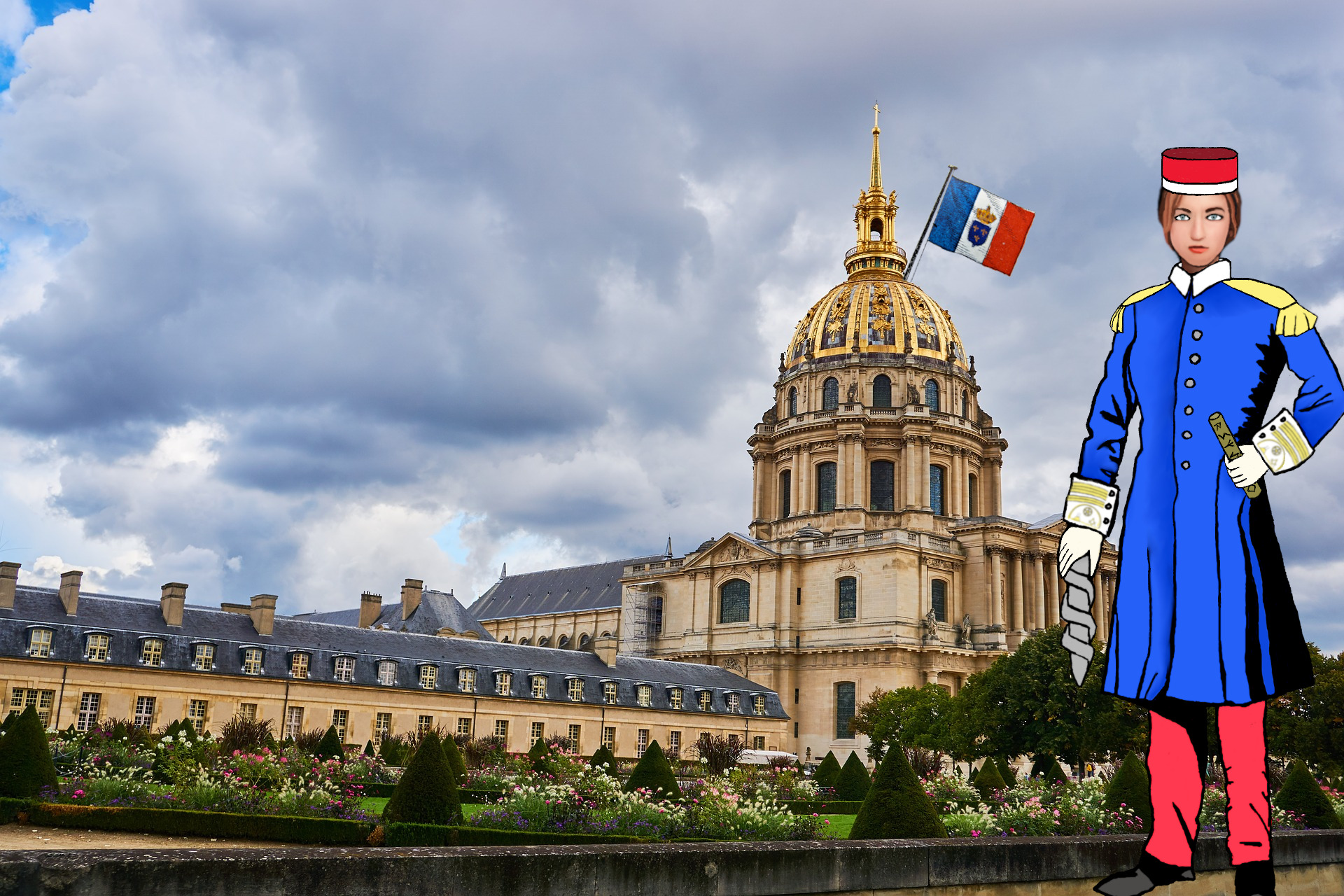
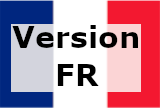
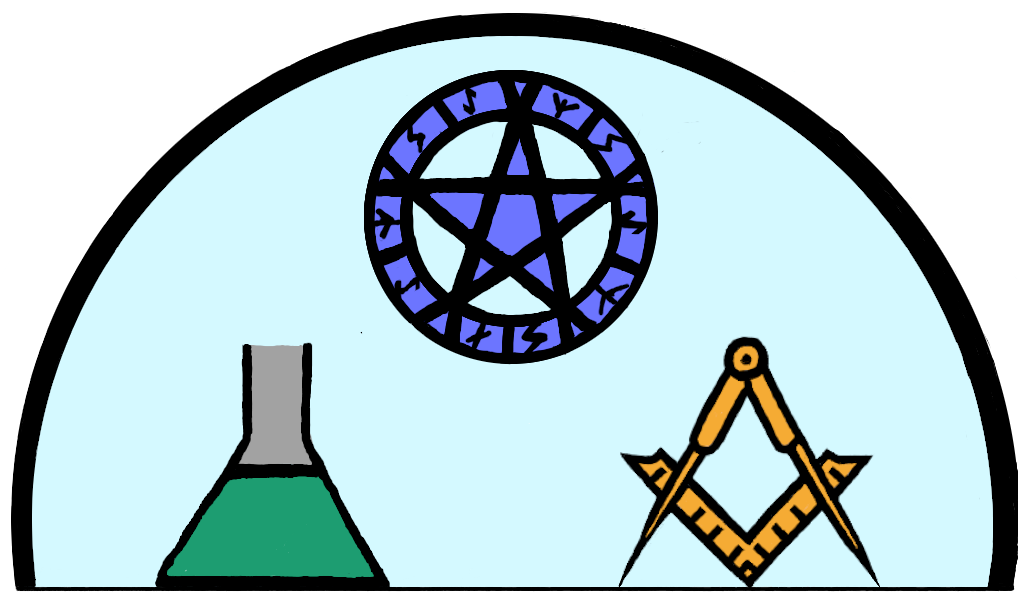
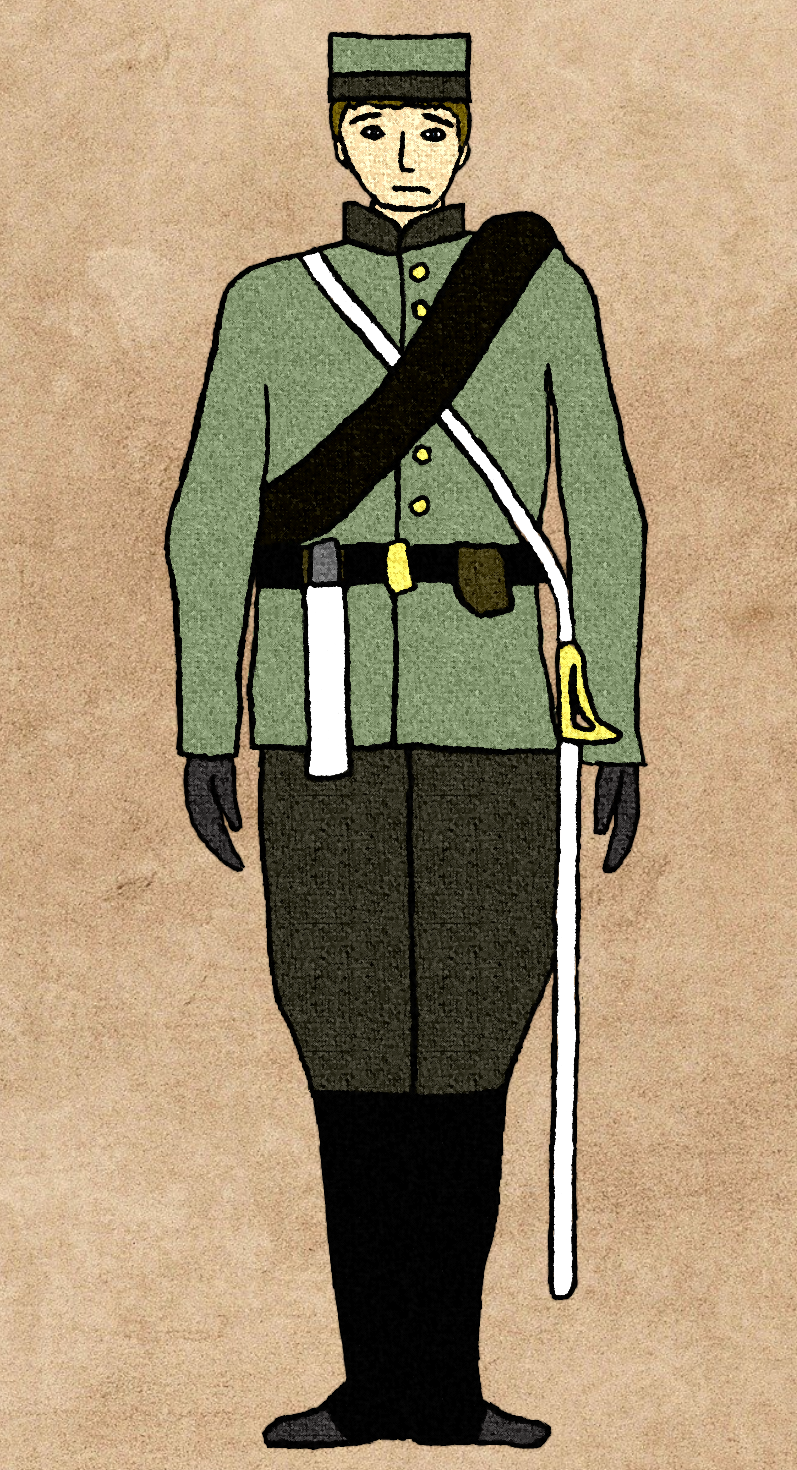
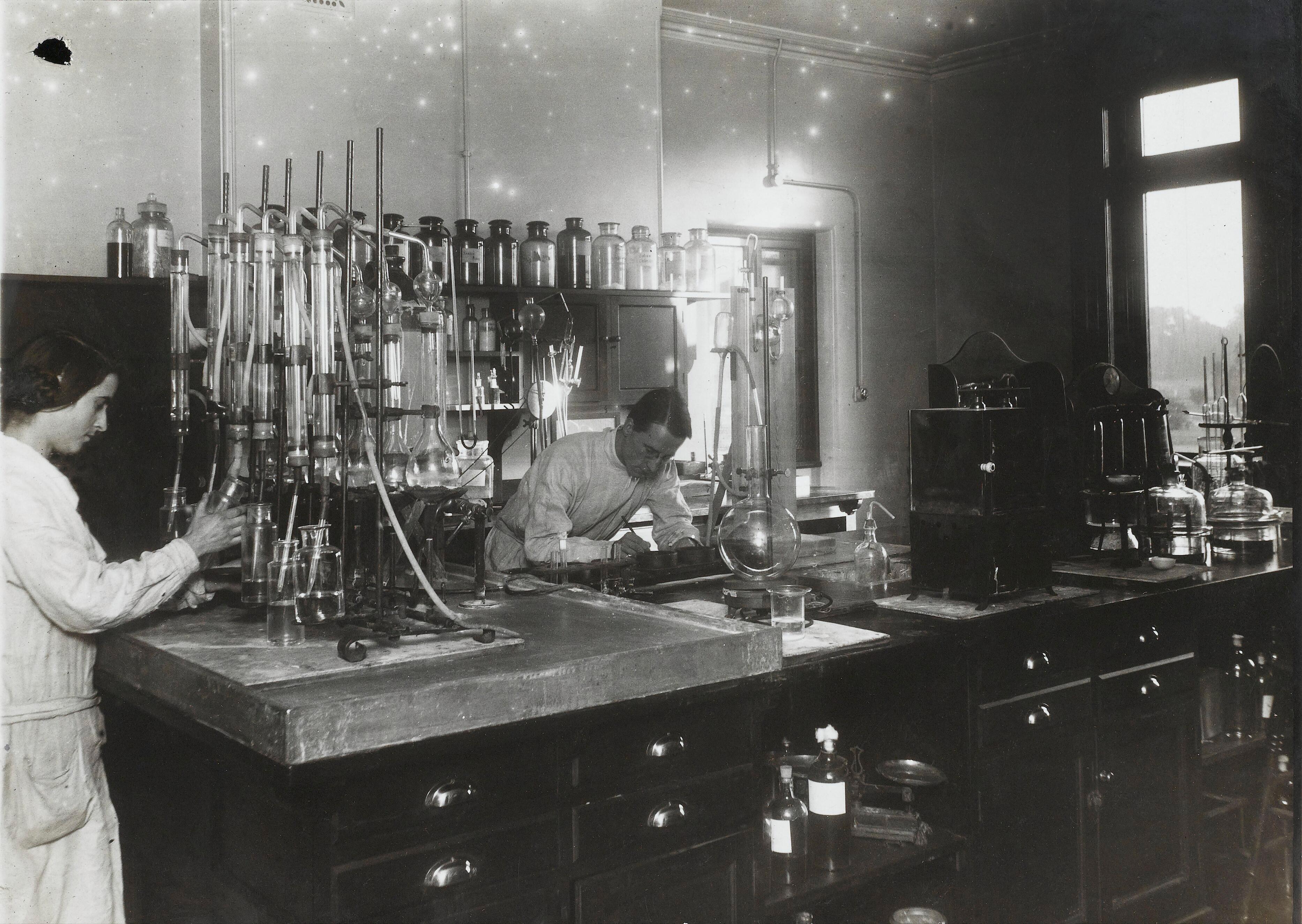

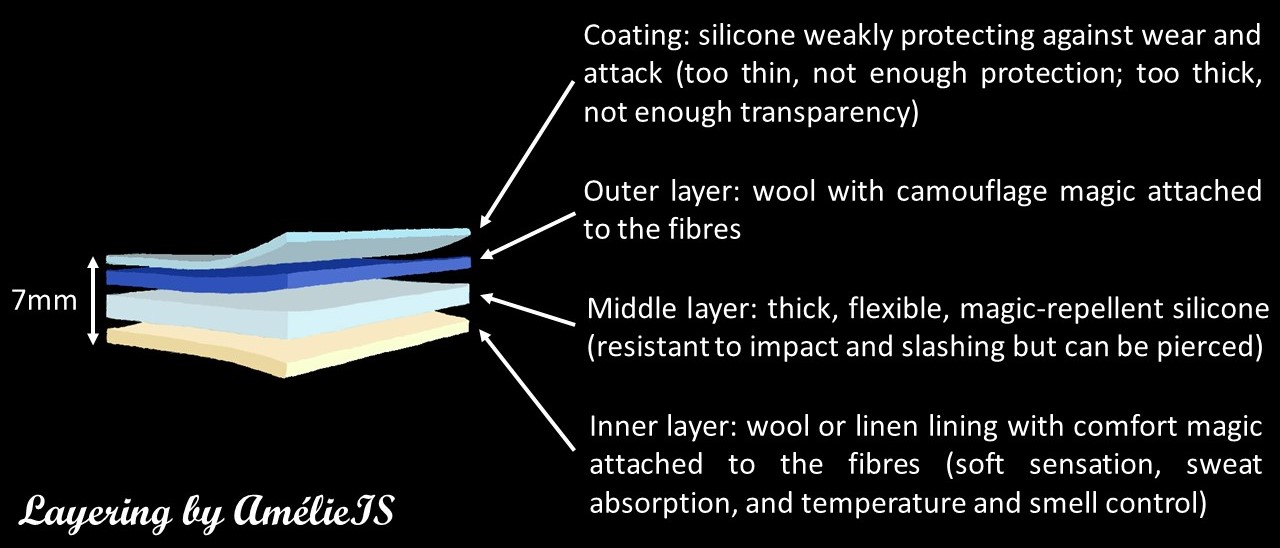
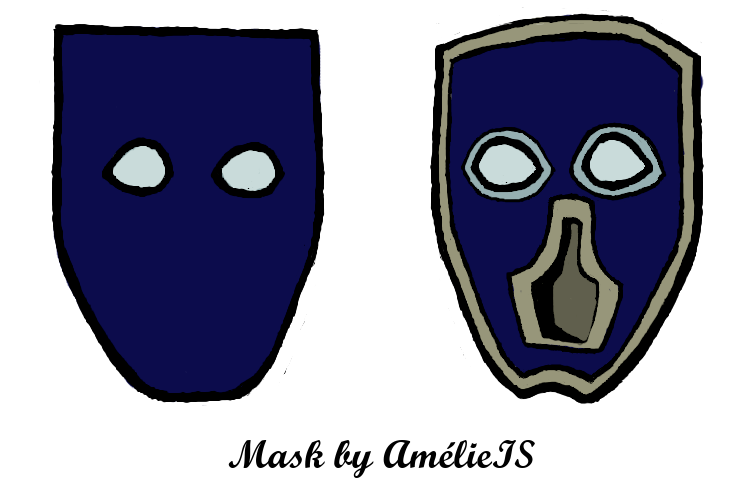


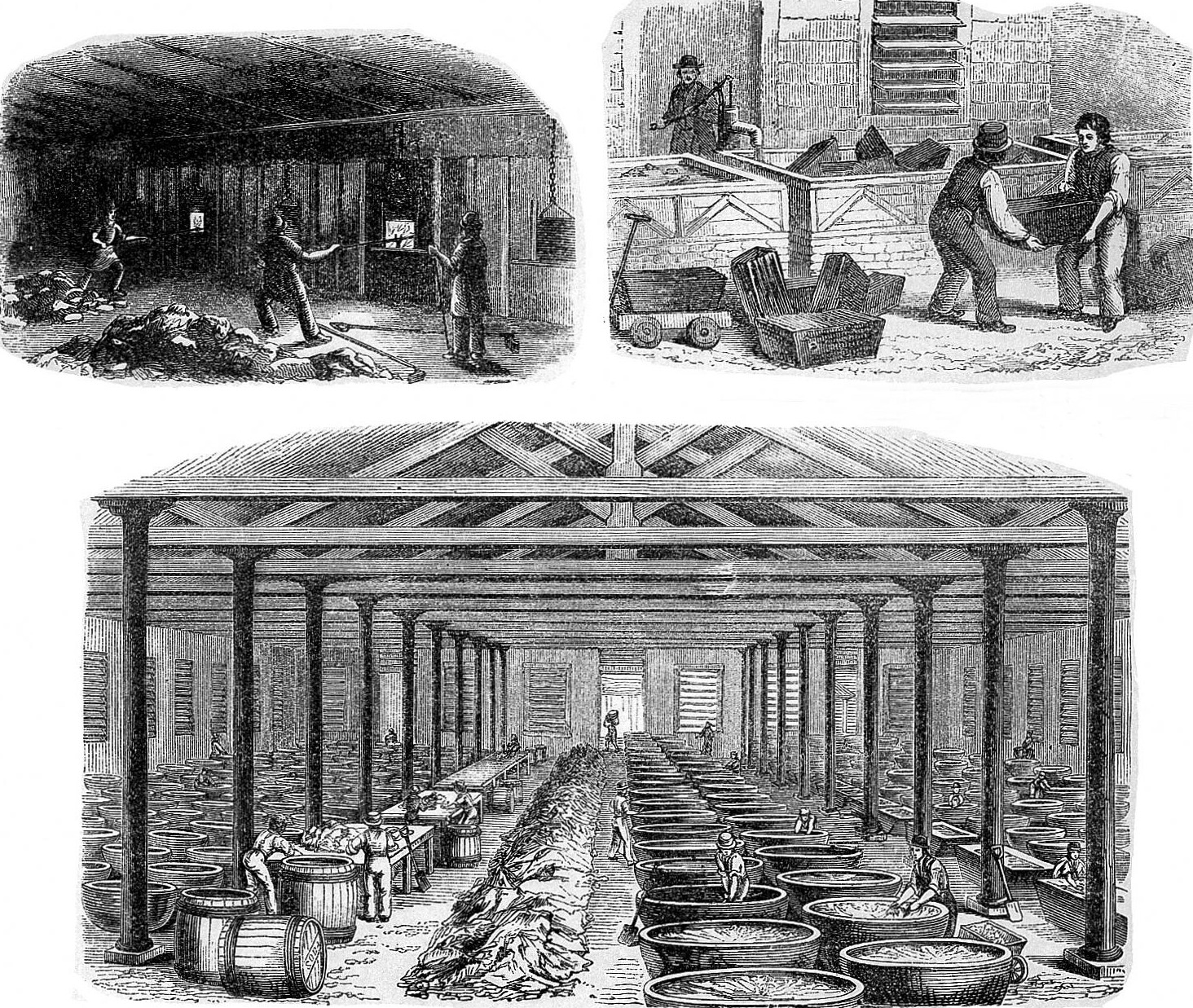






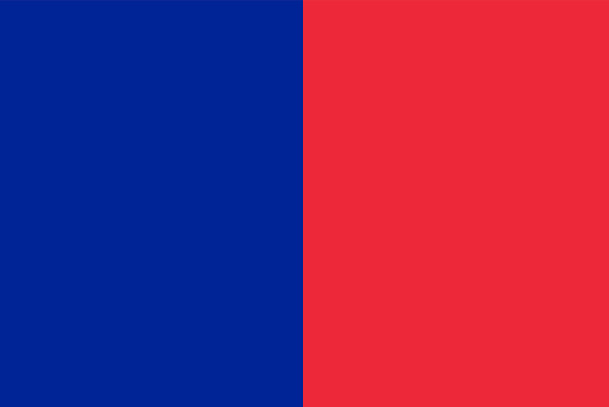

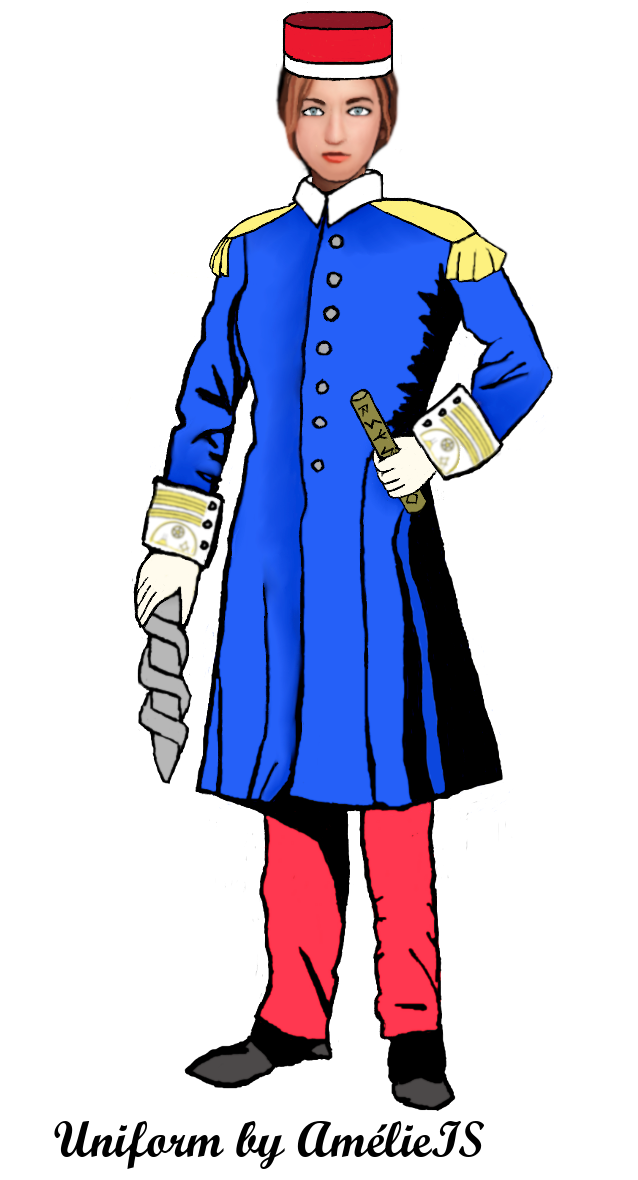
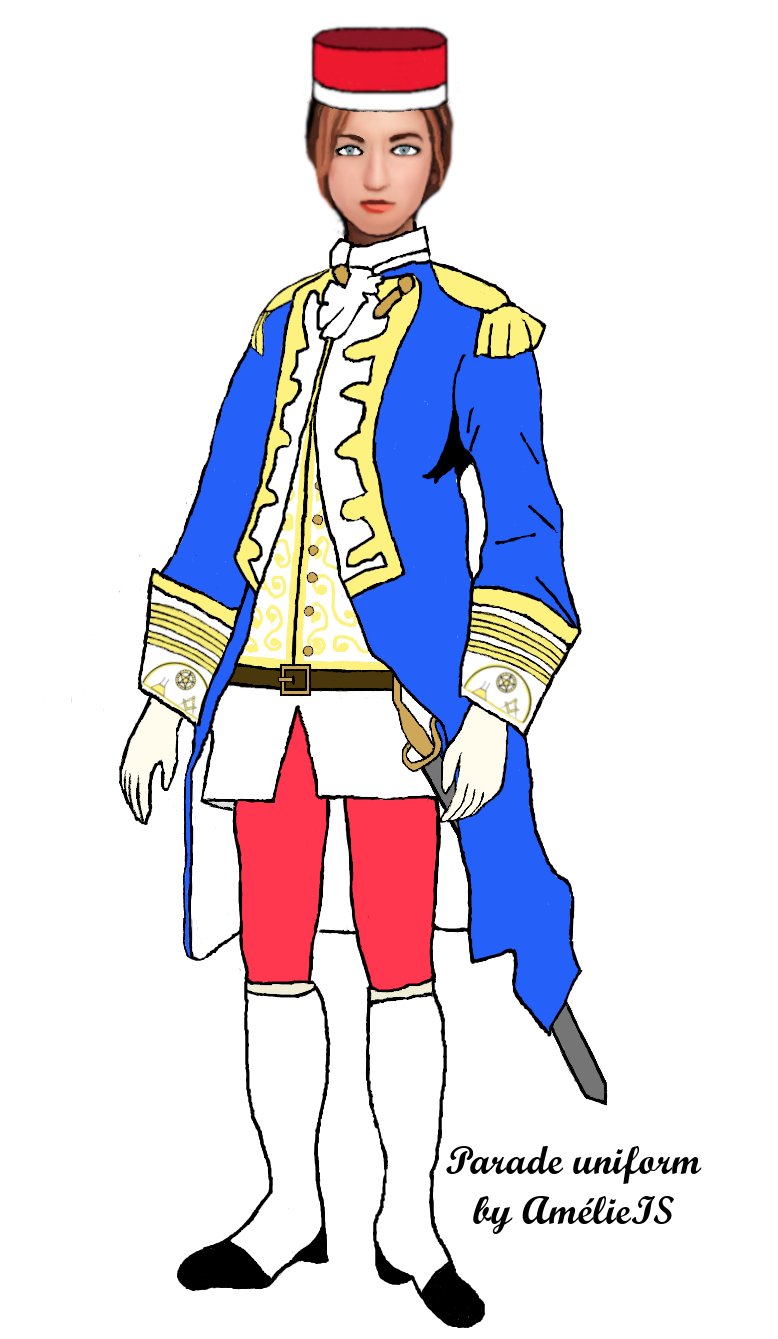

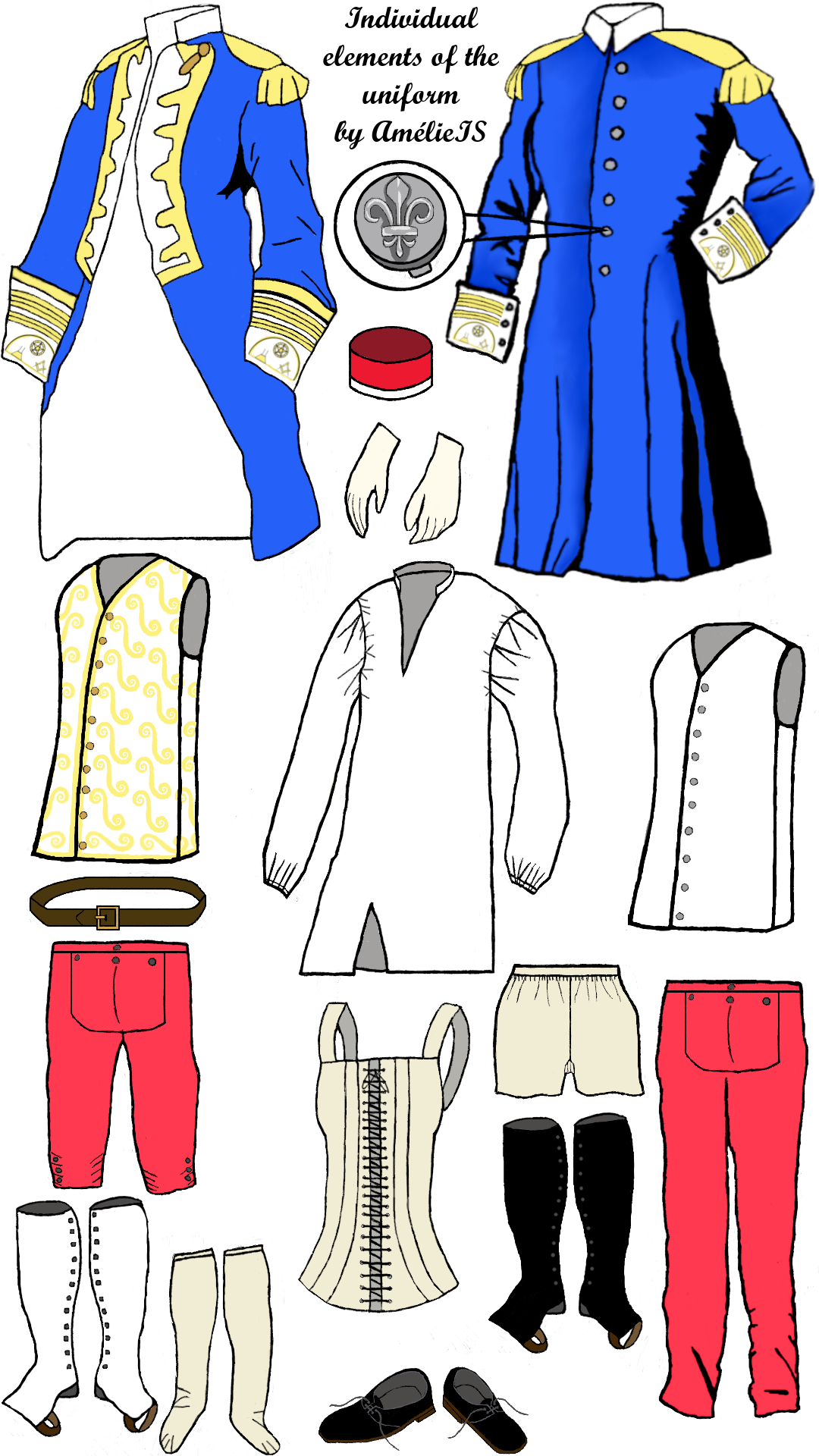
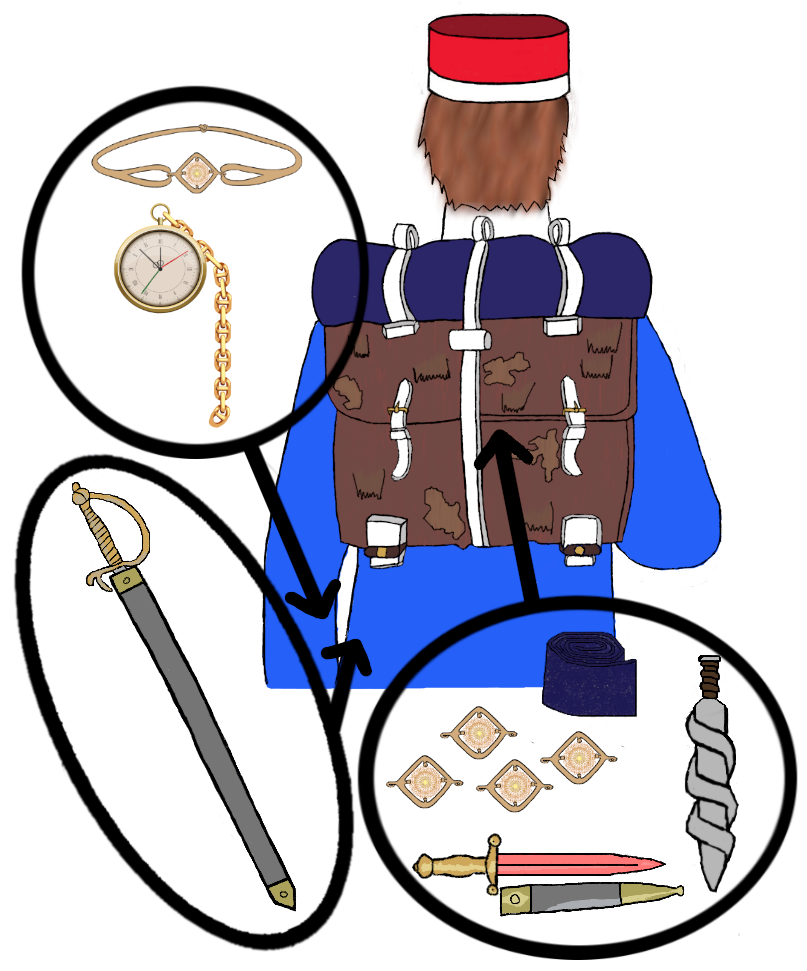
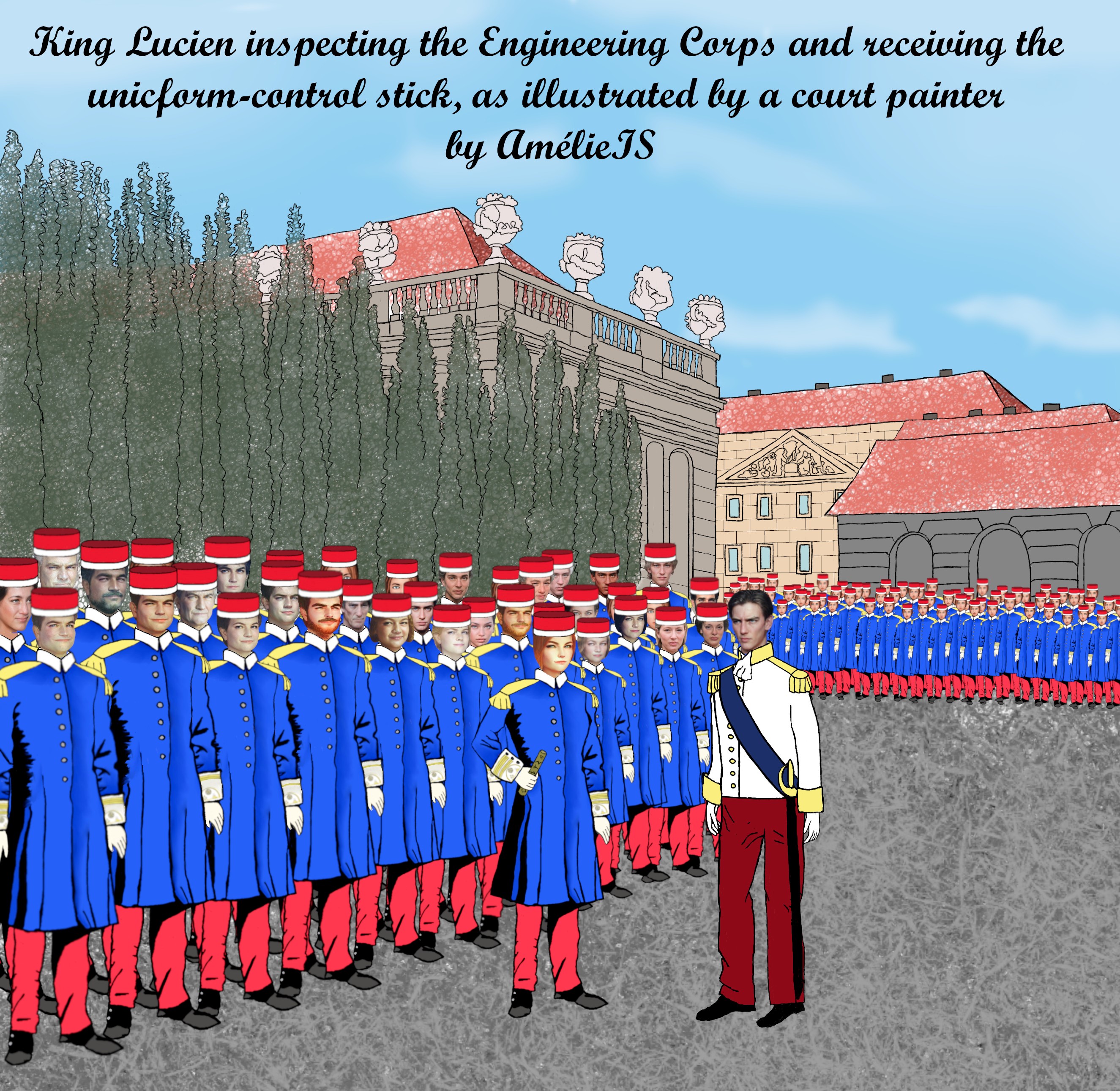
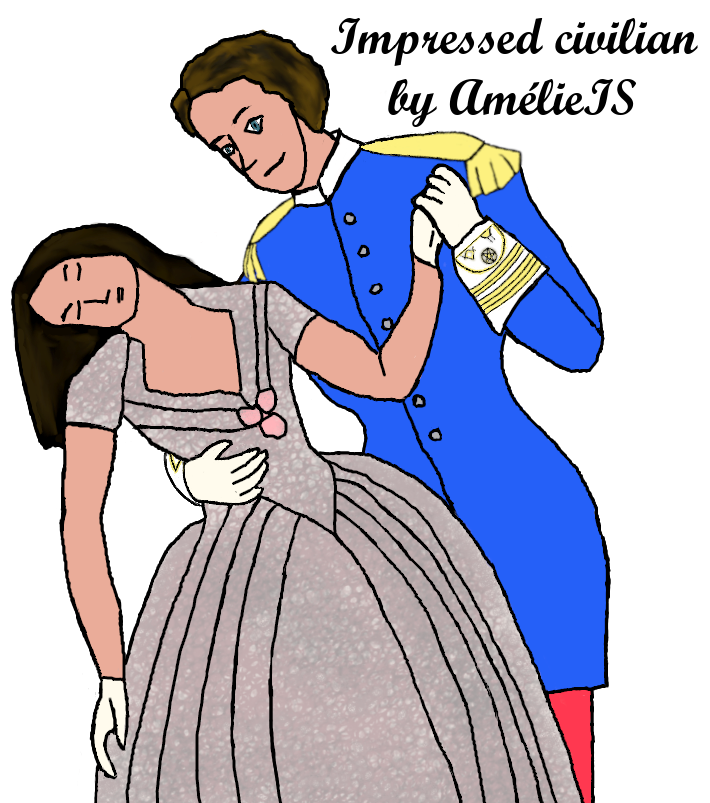

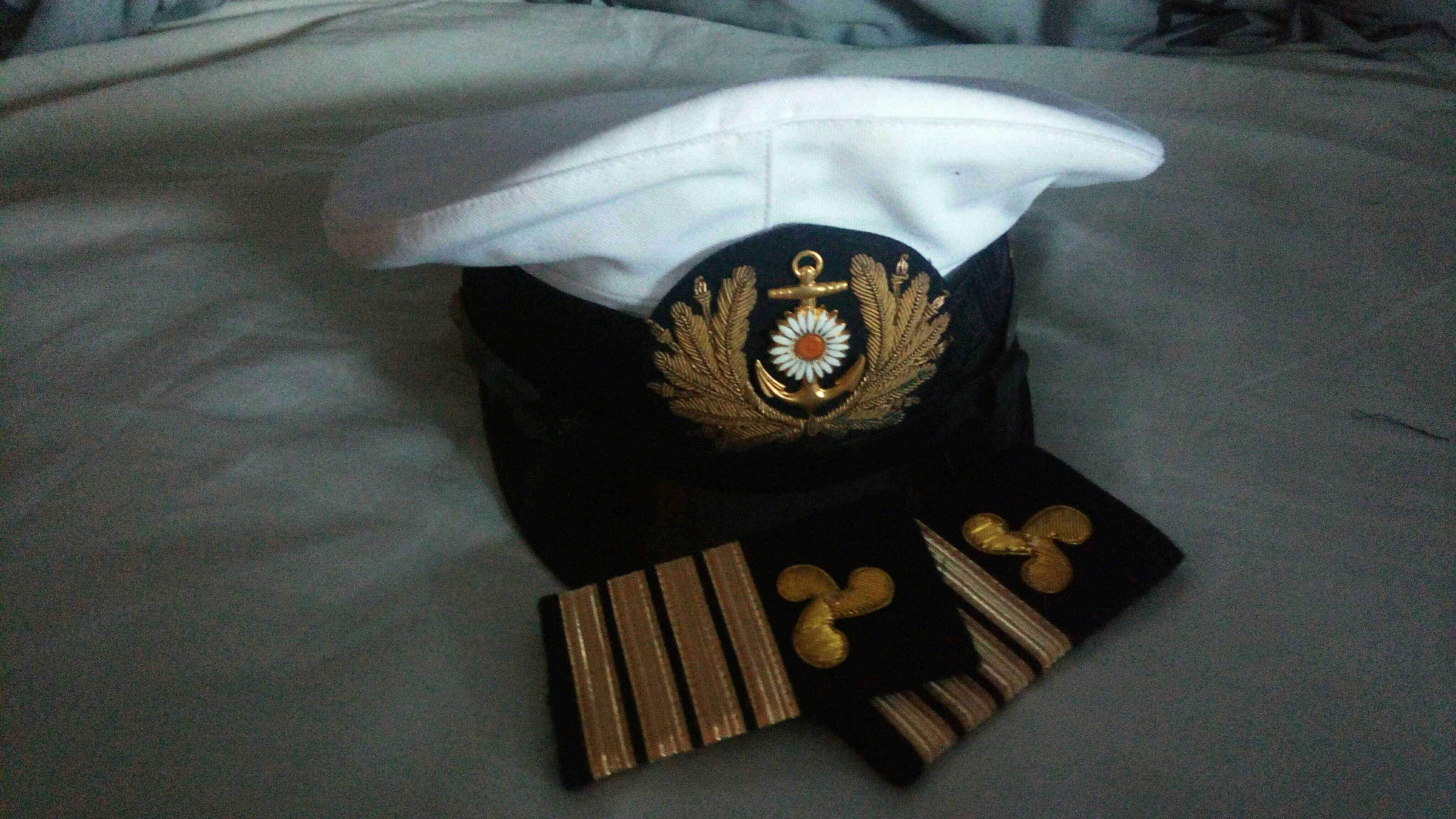


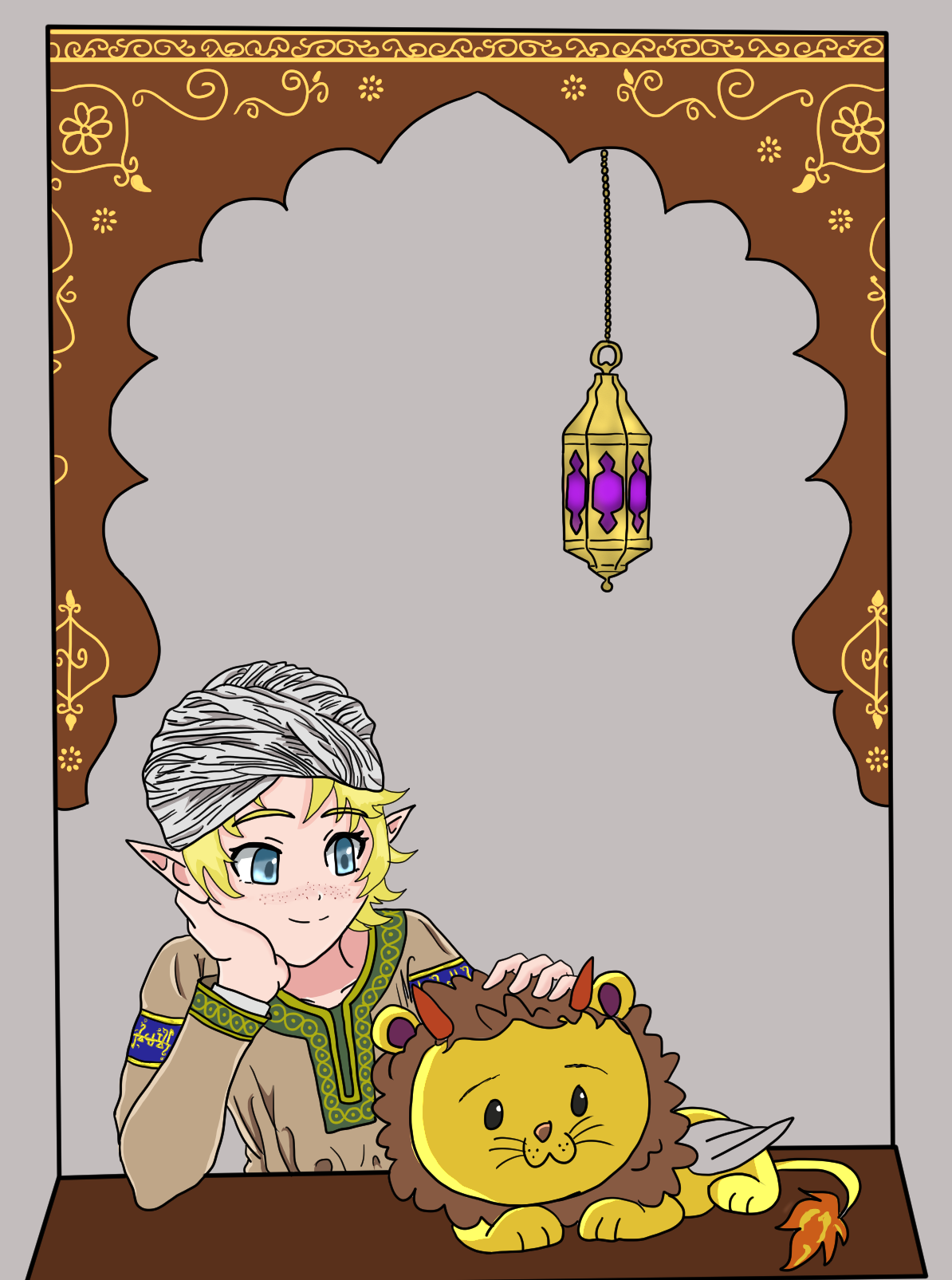



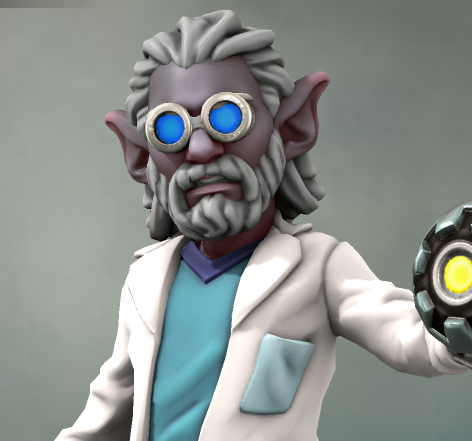

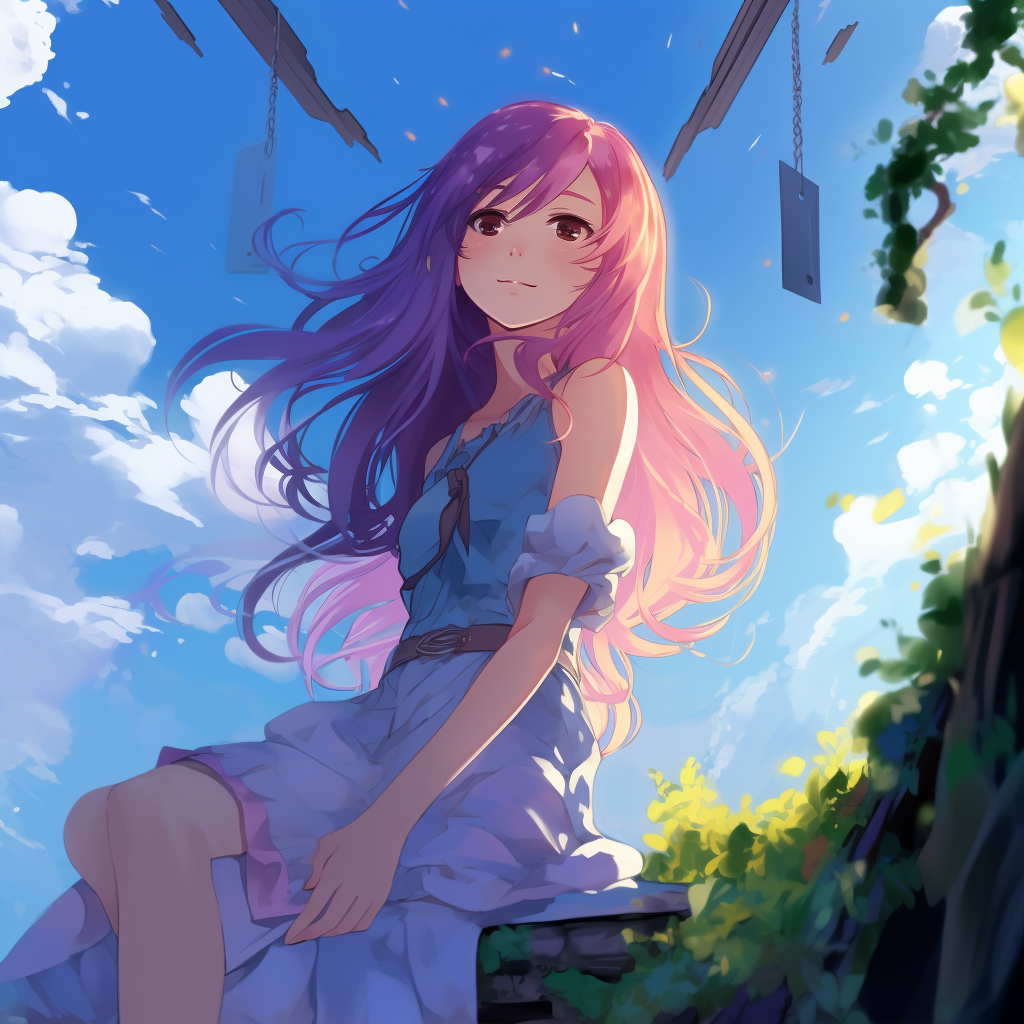








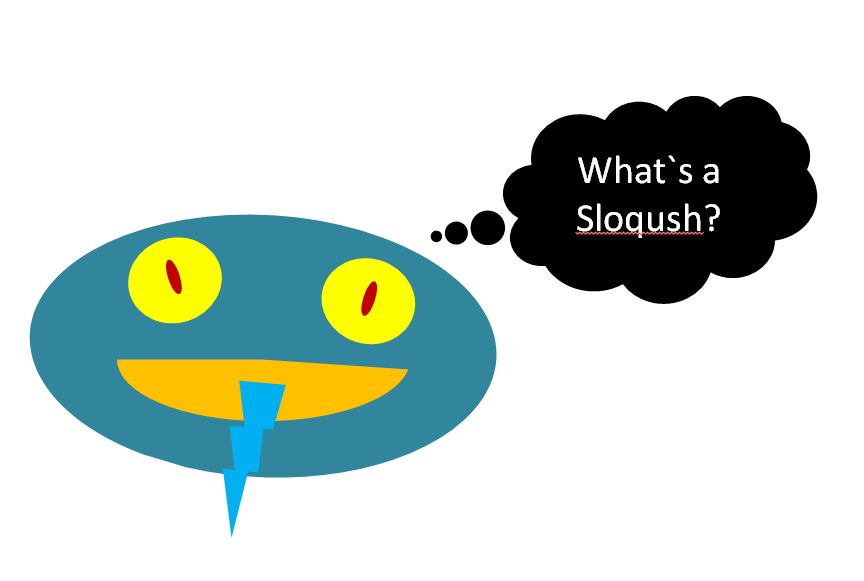
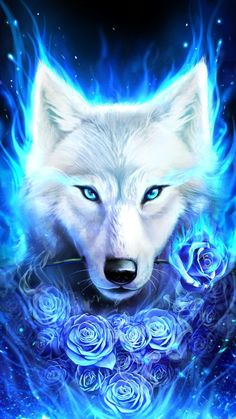
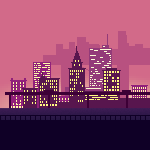
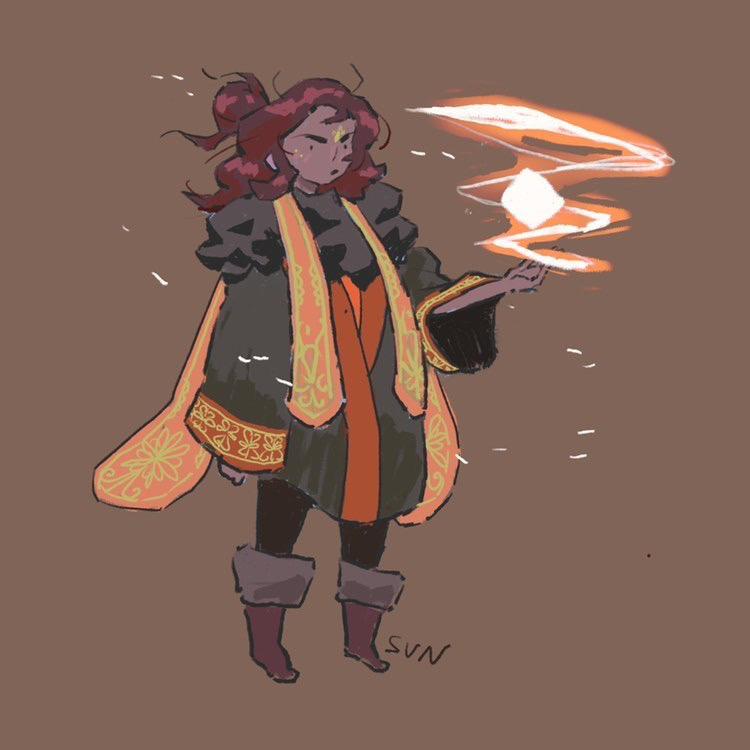
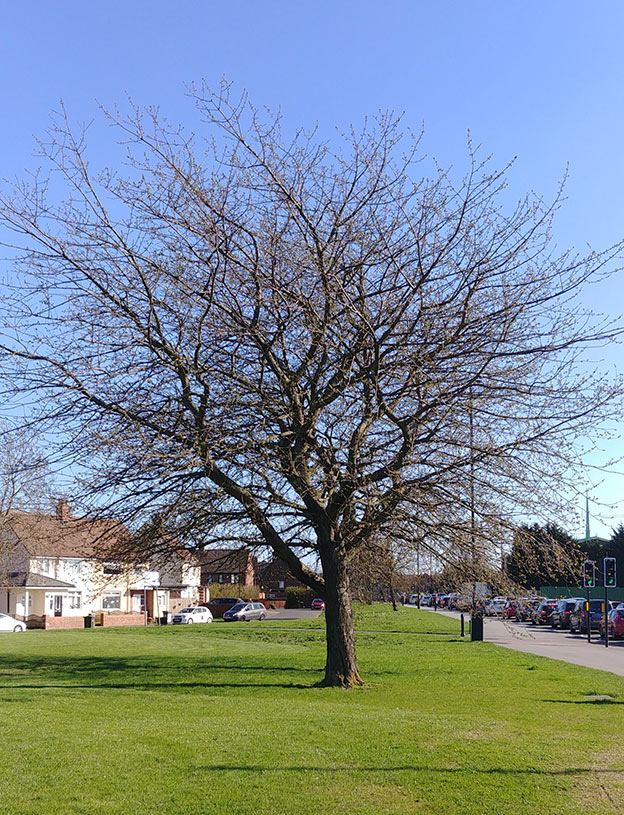



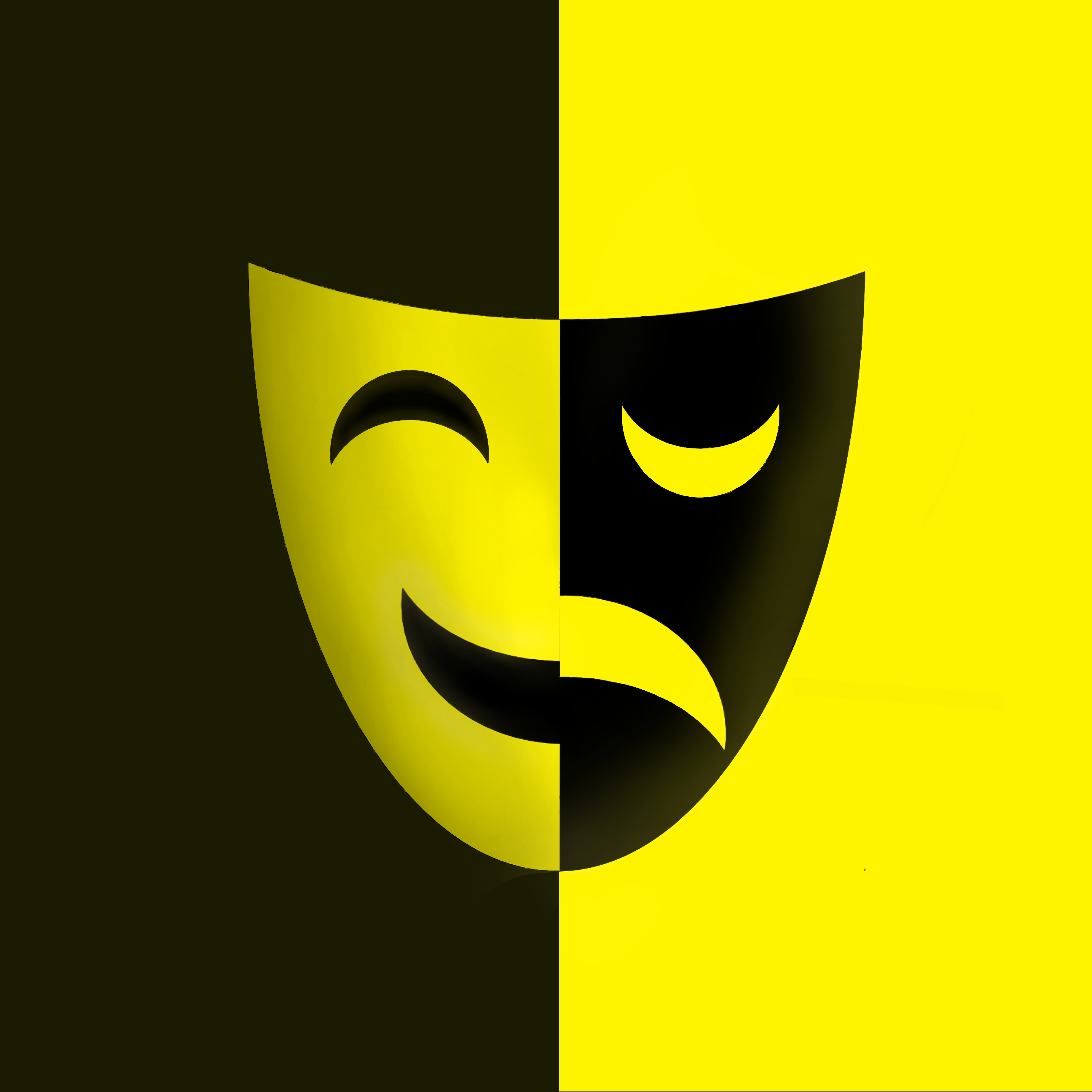
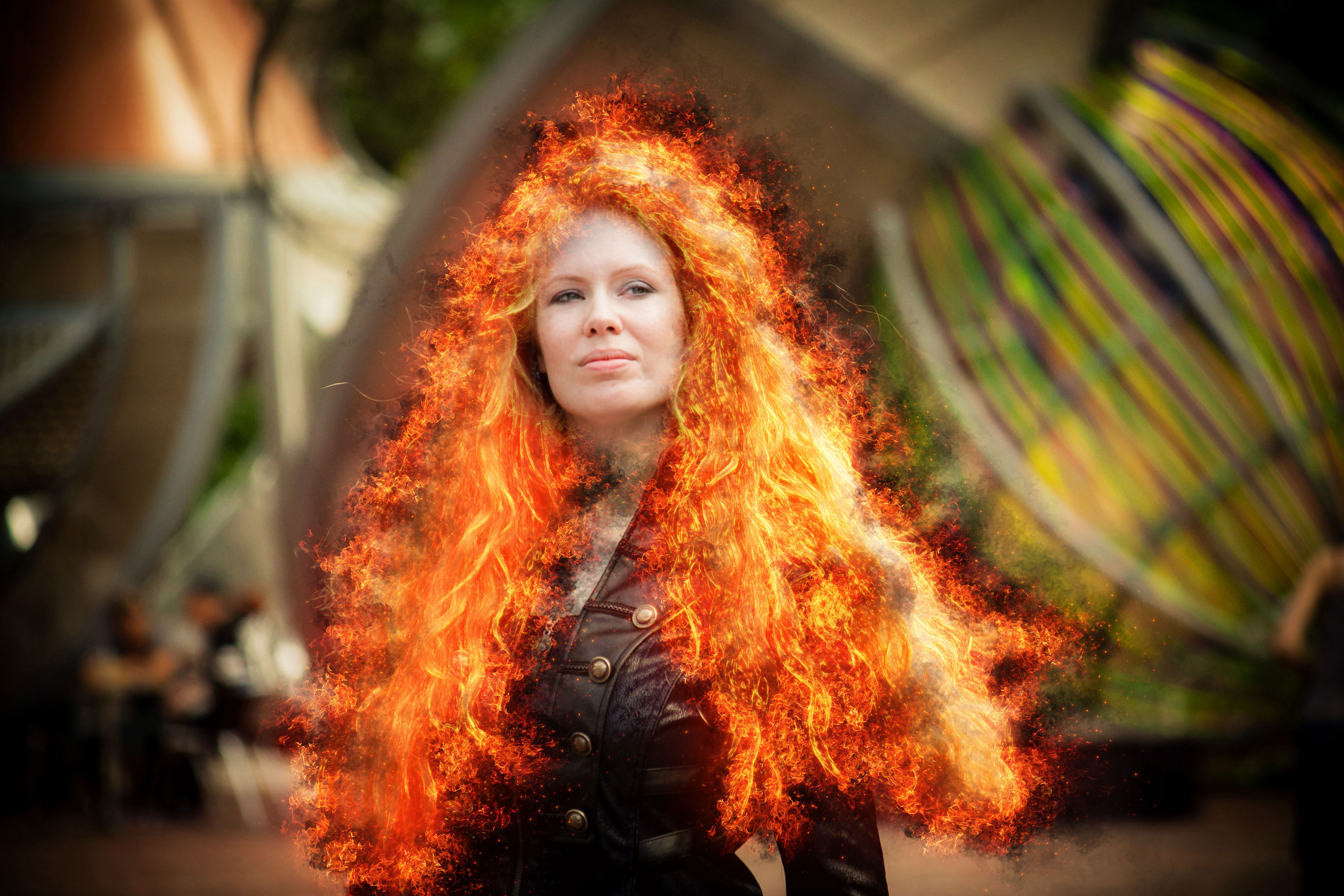

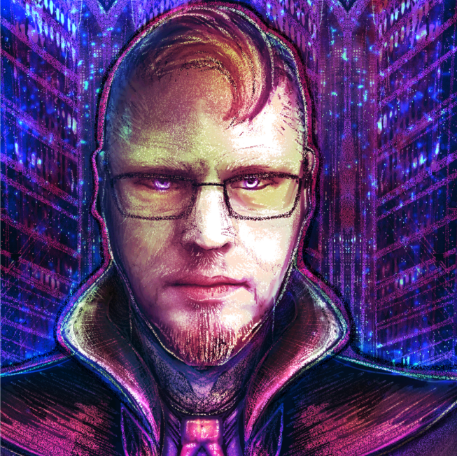
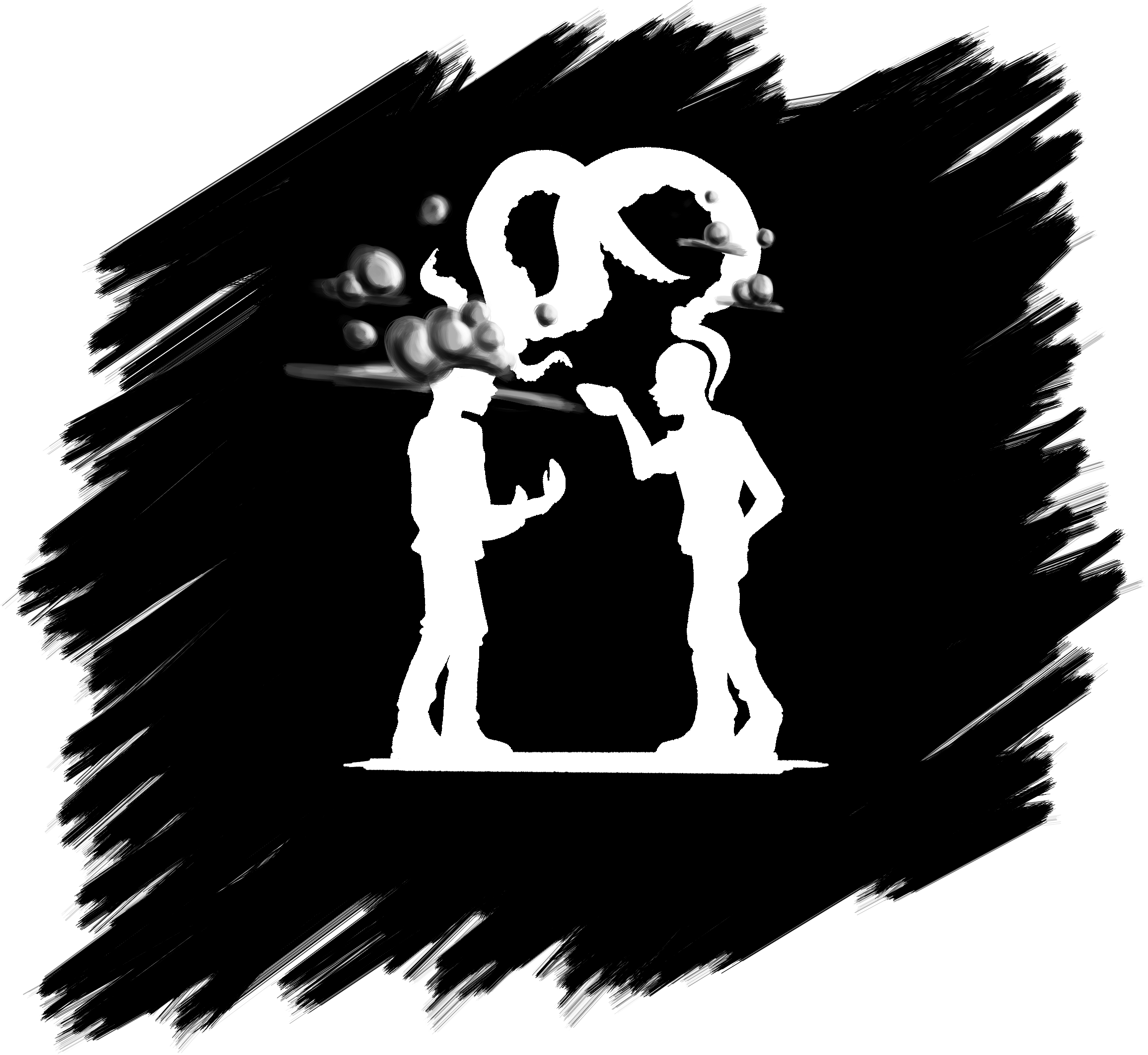

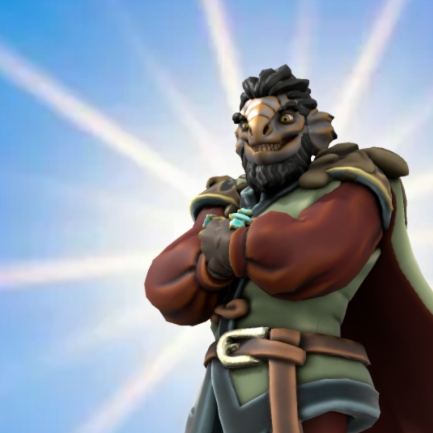

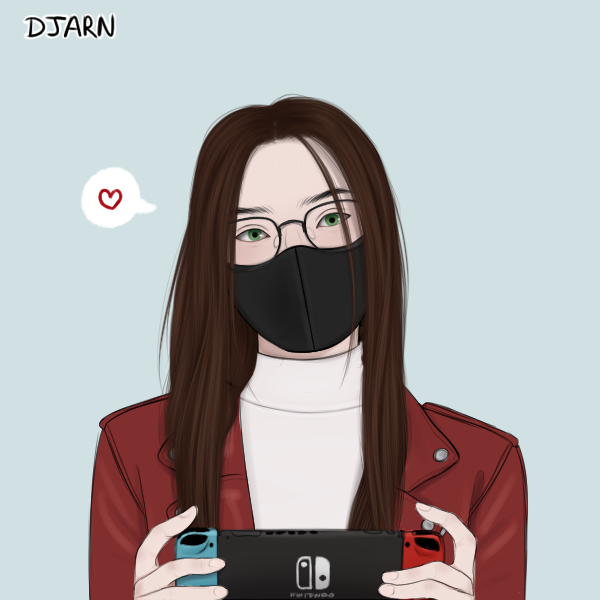






Like always, a really nice, clean and wonderful article!! I like a lot how many details have you added, from the materials, the manufacturing process, the schemes and sketches and the symbolism of the colors used! I loved the link to science (chemistry + magic= woohoo!!!) and the quotes are brilliant as always!
Seriously, too much people nowadays NEED to listen to this sergeant!Thank you very much for your comment :D I'm happy that you love it! And yes, those quotes are fun to write :D Safety rules are there for a reason :p